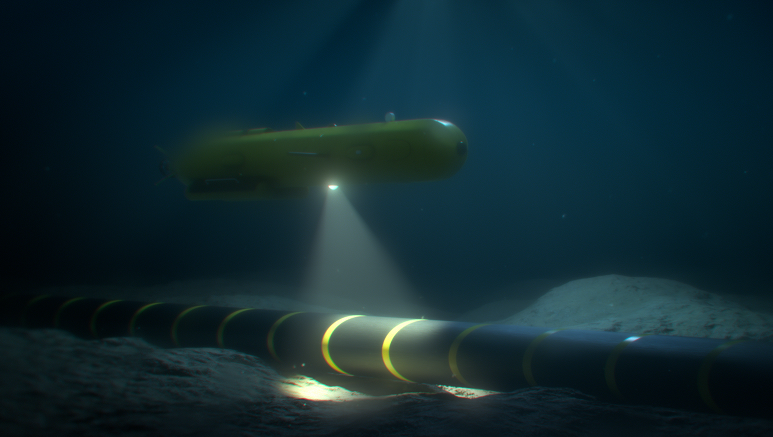
Vocabulary:
- crisscross /KRIS-kraws/
- habitat /HAB-i-tat/
- restrict /ri-STRIKT/
- minimize /MIN-uh-mahyz/
- ecosystem /EE-koh-sis-tuhm/
[verb] – to move or exist in a pattern of crossing lines
The pilot crisscrossed the skies over the Pacific Ocean, searching for the missing aircraft.
[noun] – the natural environment in which an animal or plant usually lives
The conservation efforts aim to preserve the natural habitat of the endangered species and provide a sustainable environment for their survival.
[verb] – to limit the movements or actions of someone, or to limit something and reduce its size or prevent it from increasing
The new traffic laws restrict the speed limit on residential streets to protect pedestrians and promote road safety.
[verb] – to reduce something to the least possible level or amount
The engineer designed the building’s structure to minimize the risk of earthquakes, ensuring the safety of its occupants.
[noun] – all the living things in an area and the way they affect each other and the environment
The new conservation project aims to restore the degraded ecosystem by planting native trees and reintroducing endangered species to the area.
Article reading:
Tens of thousands of miles of undersea cables now crisscross the seas, with over 380 telecommunications cables in operation worldwide and a length of more than 1.2 million kilometers. Marine scientists believe that we need a better understanding of how submarine power cables might impact bottom-dwelling sea life, many of which rely on their own internal sense of magnetic north to navigate or use electric fields to hunt. The impact of undersea cables on the marine environment is a complex issue, with potential impacts ranging from localized habitat damage to the introduction of artificial substrates. However, there are also areas near cables that are designated as protected, such as the Cook Strait Cable Protection Zone in New Zealand, which restricts fishing and helps improve fish stocks.
In conclusion, the undersea cables that connect our world play an essential role in the modern era, but their impact on the delicate balance of life under the waves is only just beginning to be understood. As the number of cables continues to grow, it is crucial that we continue to study their effects and work to minimize any negative impact on our ocean’s ecosystems.
Discussion Questions:
- What is your personal understanding of the impact of undersea cables on the marine environment?
- What steps have you taken to learn more about the impact of human activities on the ocean and its ecosystems?
- If there were more designated protected areas near undersea cables, would you believe that the impact on marine life would be reduced?
- Do you agree that underwater cables play an essential role in the modern era despite their potential impact on marine life?
- How can we ensure the continued growth of submarine cables while minimizing their negative impact on the ocean’s ecosystems?
Summarization
Describe:
- vast
- mysterious
- operation
- designate
- delicate